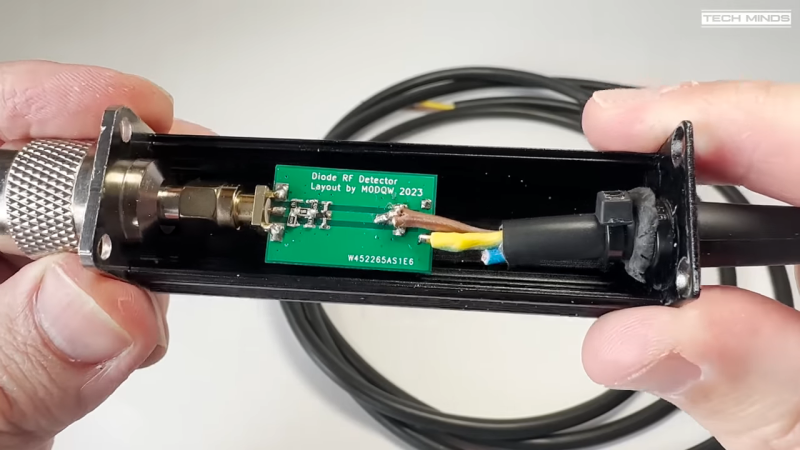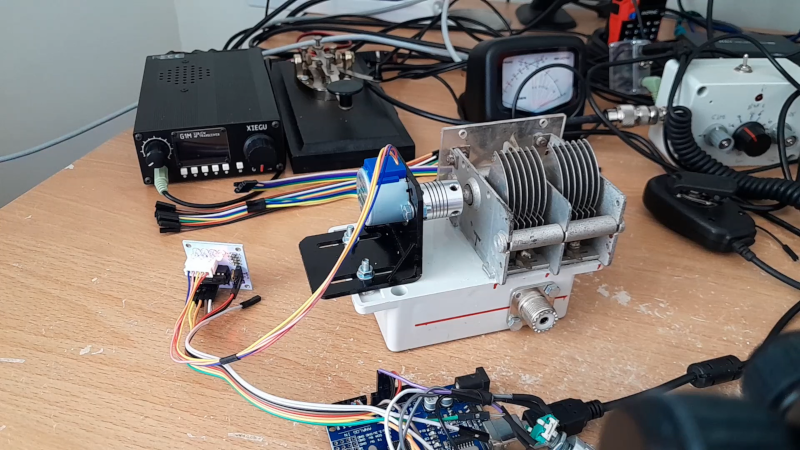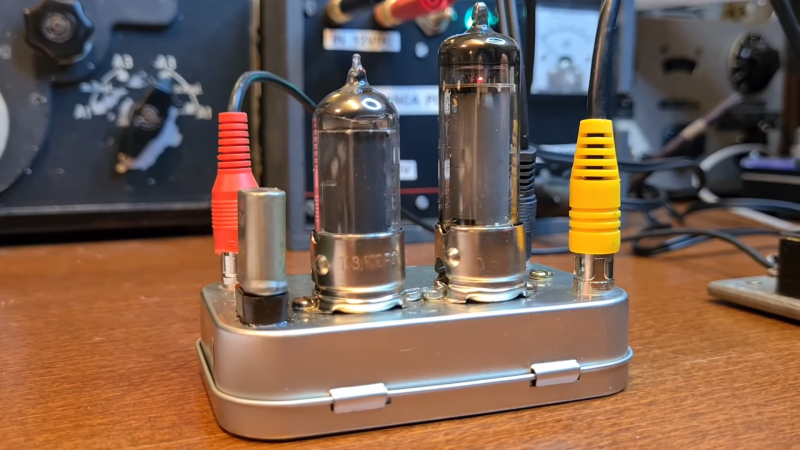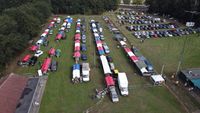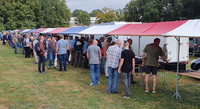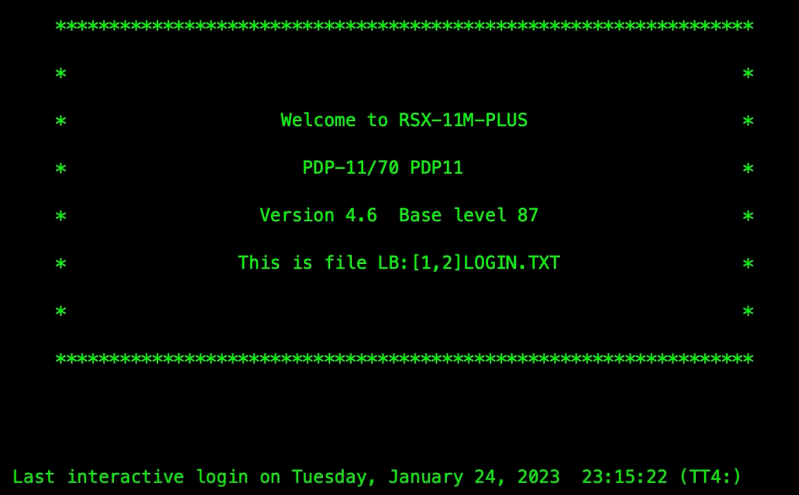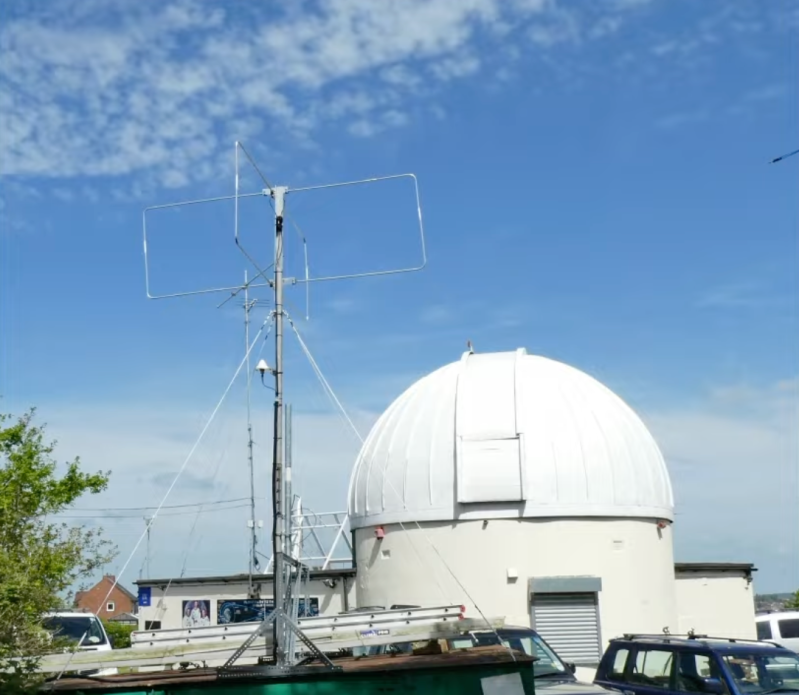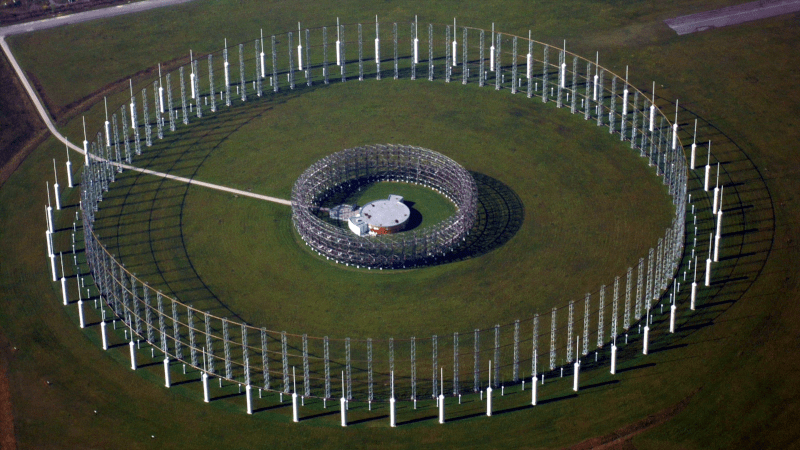Trivia: What does “Roger that” mean and what’s the origin?!
ANSWER: Roger that or usually simply Roger is a phrase used in the military to confirm that a message has been received and understood.
In the 1940s, the American military and British RAF used a spelling alphabet different from the current well-known Alfa, Bravo, Charlie of today.
The letter “R” was used as an abbreviation for “received” back in the day when messages were sent via telegraphy (in Morse code), and the practice of confirming that a transmission was received by sending an “R” back was extended to spoken radio communication at the two-way radio became popular during World War II.
The phonetic alphabet used by the British and American military during the World War II was:
Able, Baker, Charlie, Dog, Easy, Fox, George, How, Item, Jig, King, Love, Mike, Nan, Oboe, Peter, Queen, Roger, Sugar, Tare, Uncle, Victor, William, X-ray, Yoke, Zebra.
When a Soldier or a Sailor, radio operator said “Roger” after receiving a transmission, he was simply saying “R” for “received”.
The phonetic alphabet has changed since then, but the practice of replying to a message by saying “Roger” stuck.
It is just a coincidence that two-way radio became widespread during the relatively short period when the phonetic name of the letter “R” was “Roger”.
Before 1940, it used to be “Robert”, and from 1956 on, it has been Romeo.
73 de Jeff N7TBU
